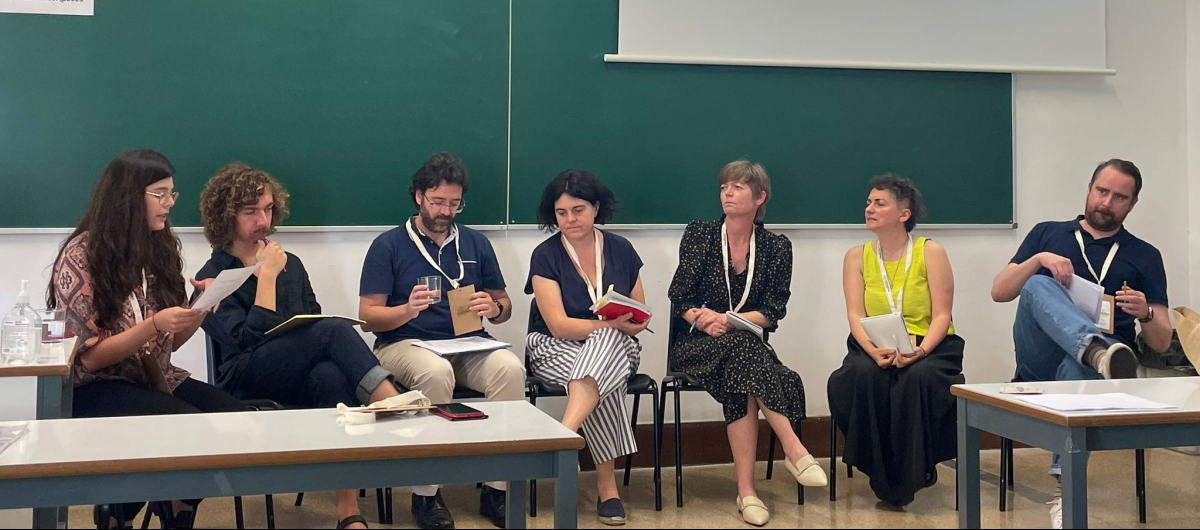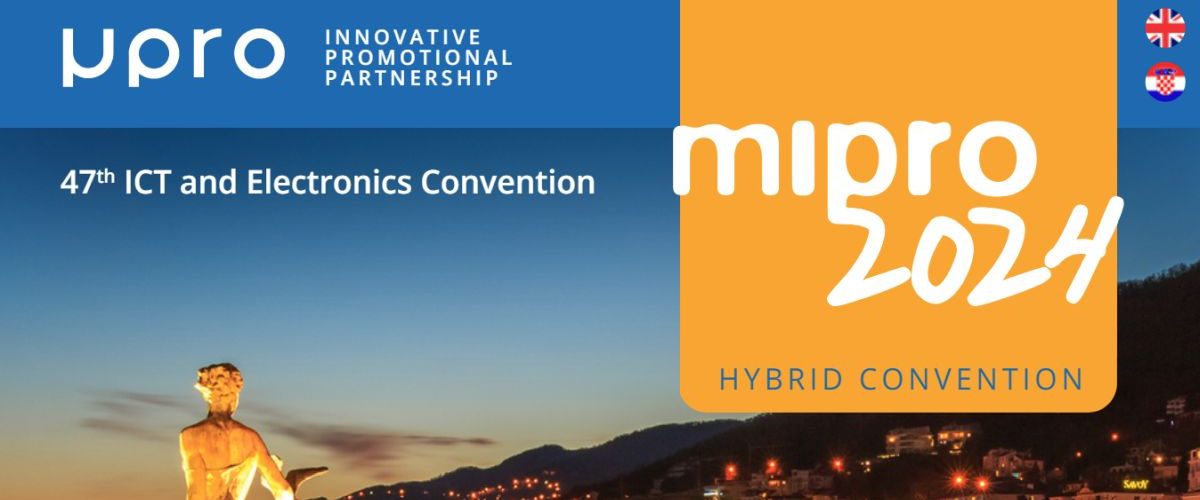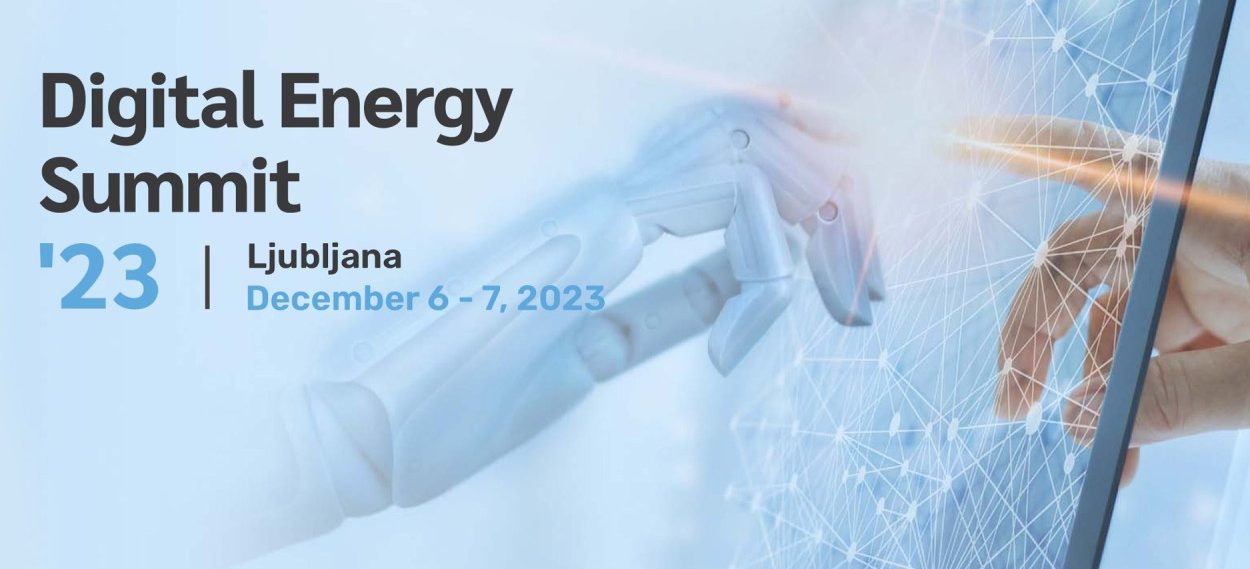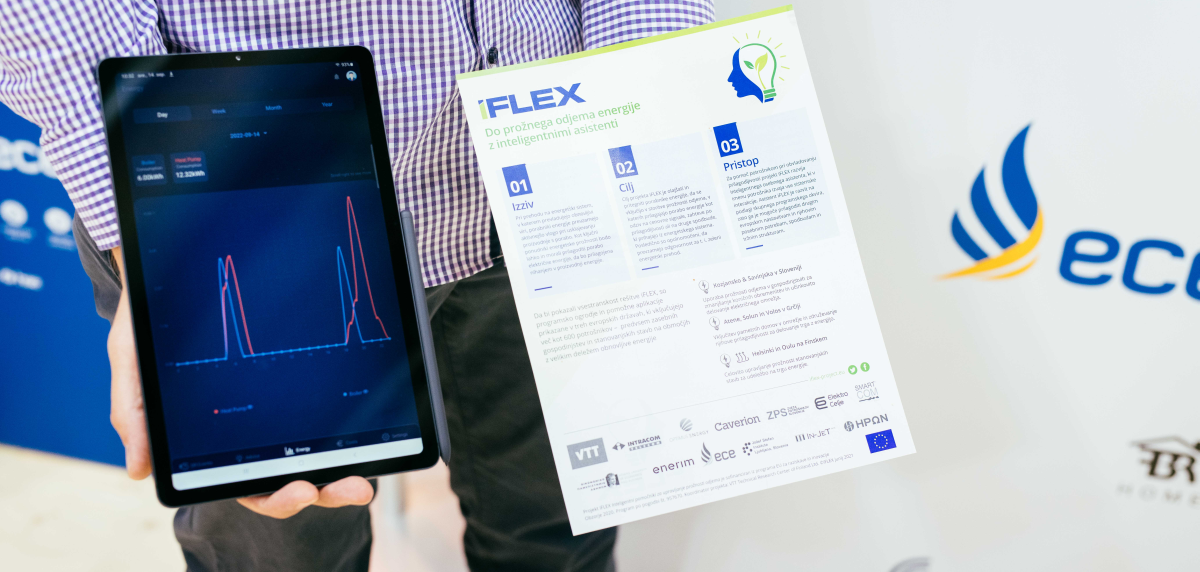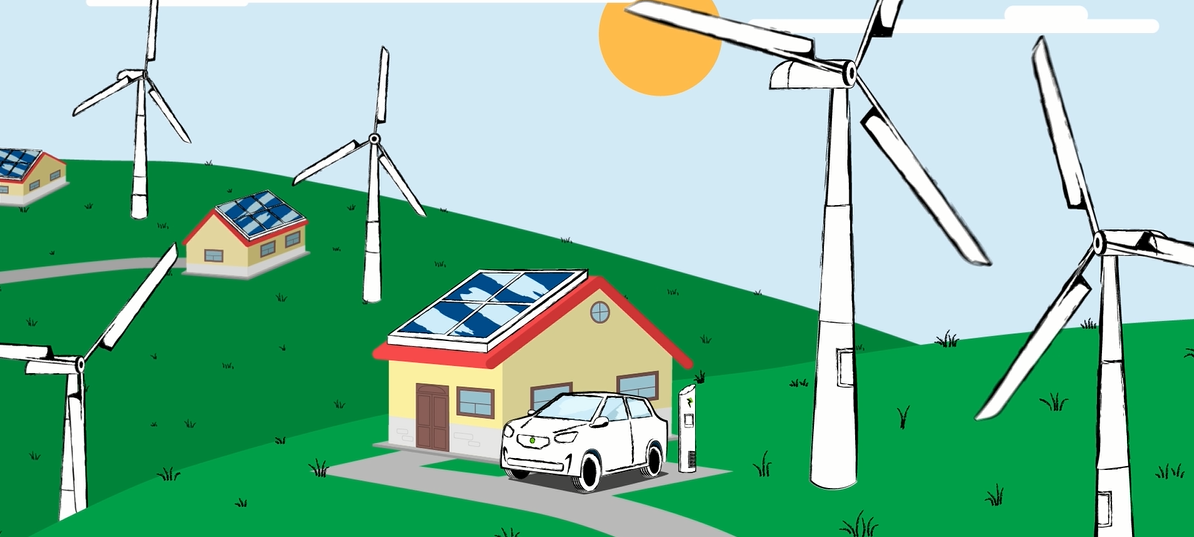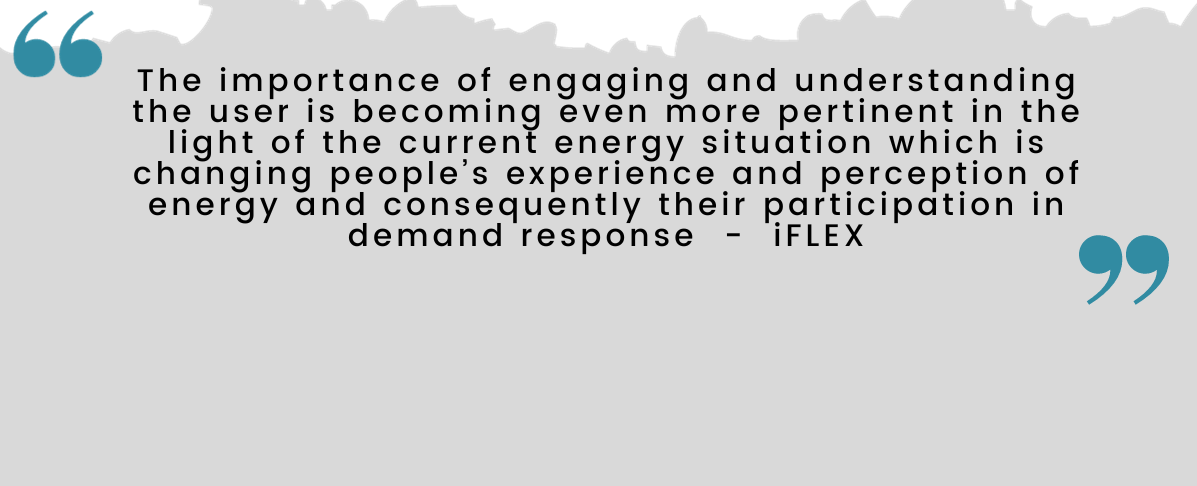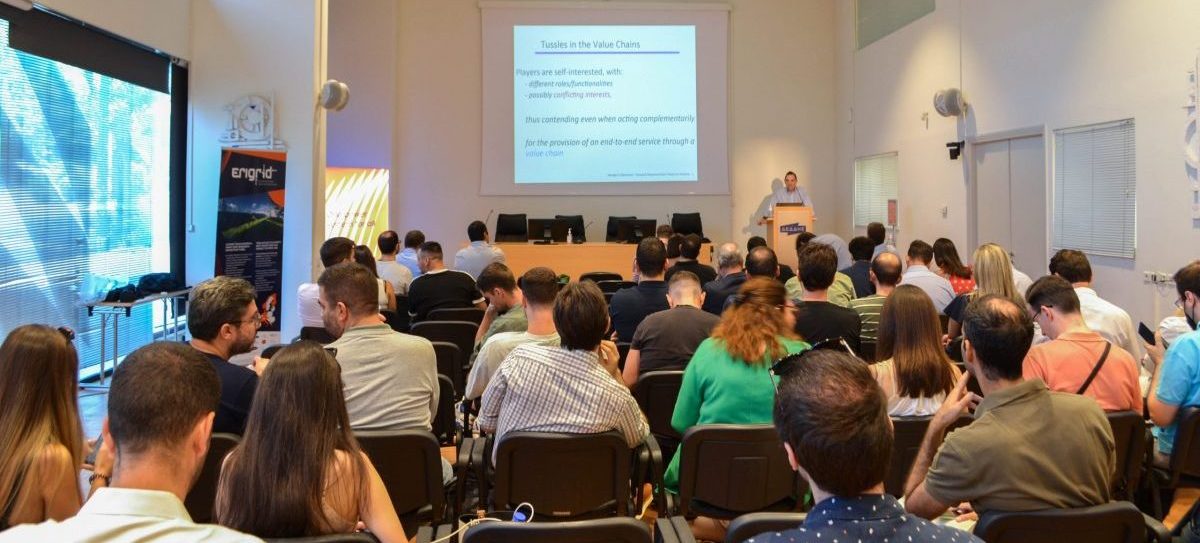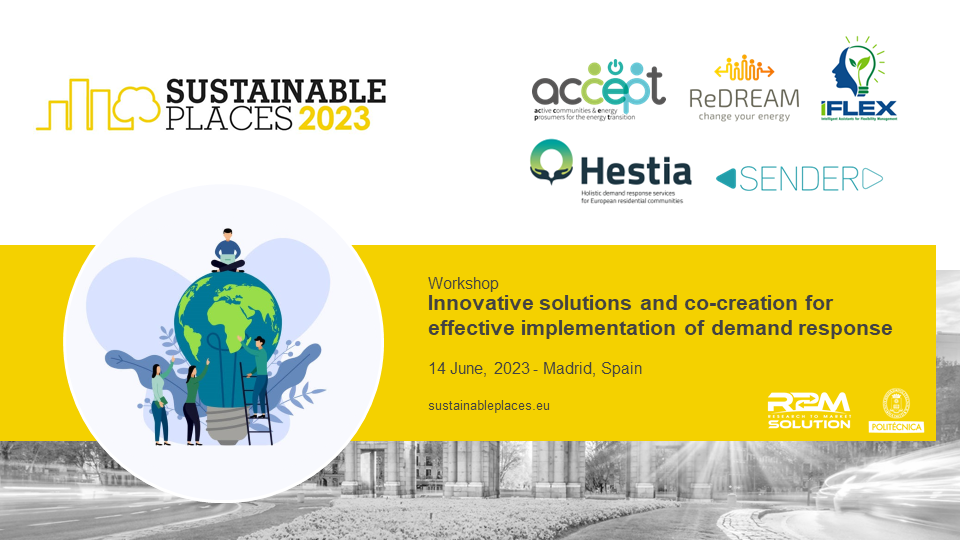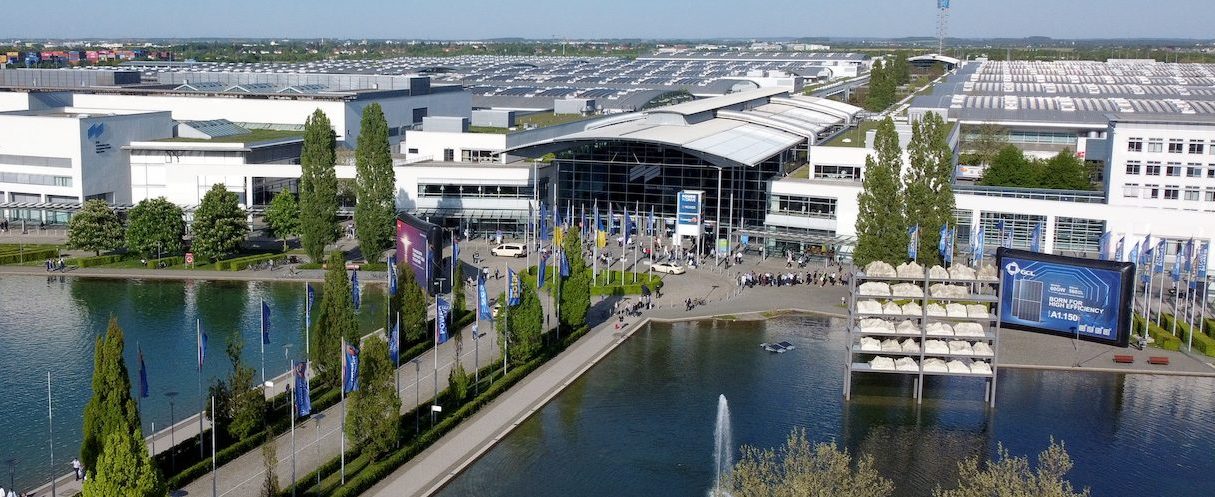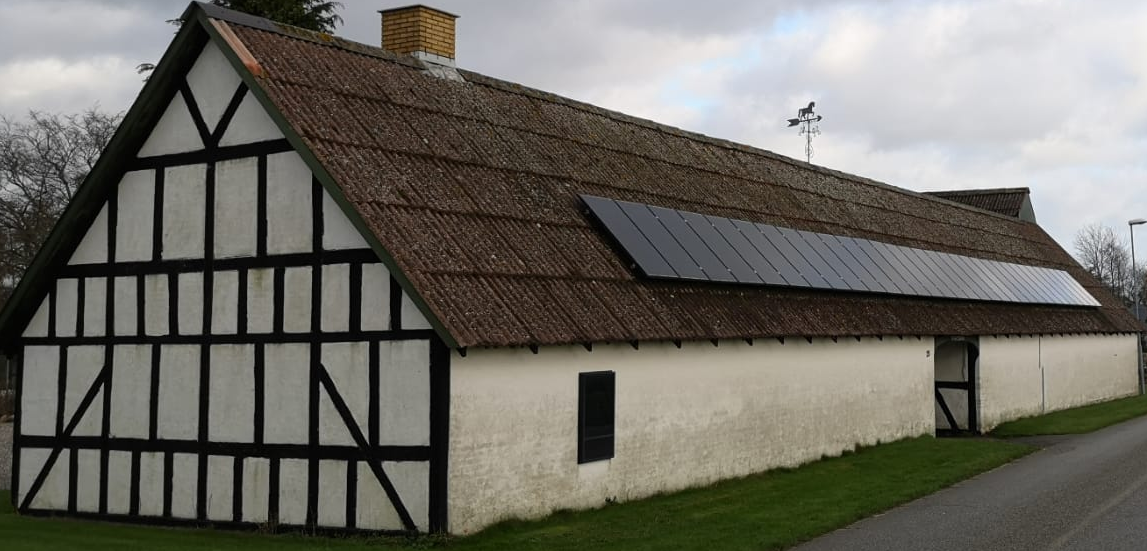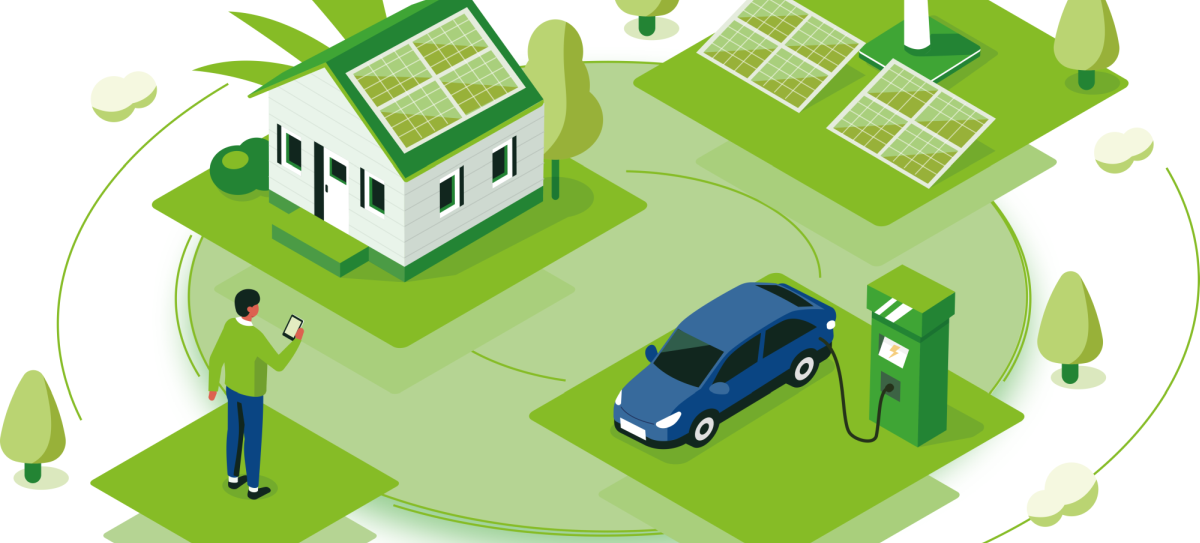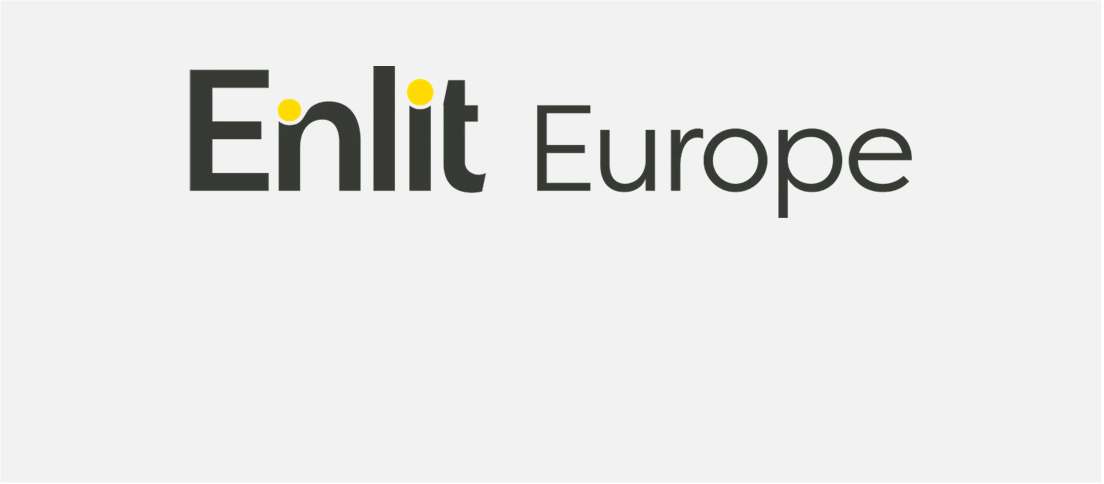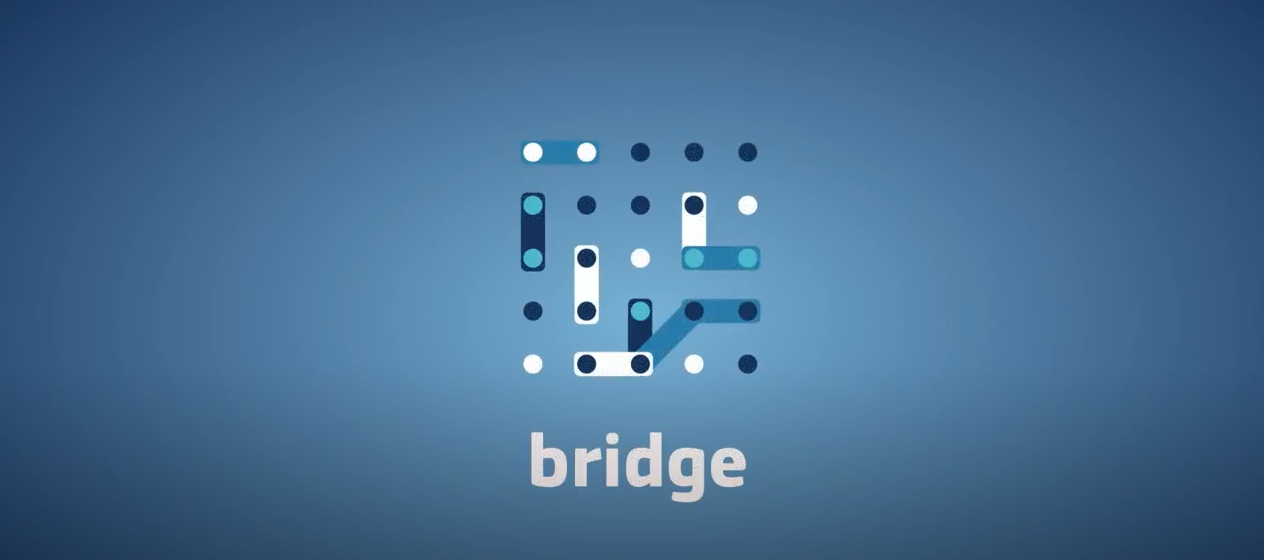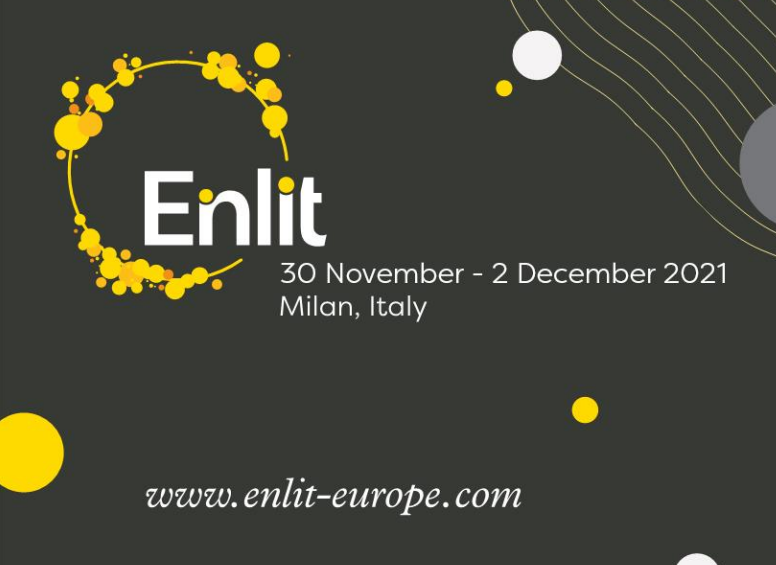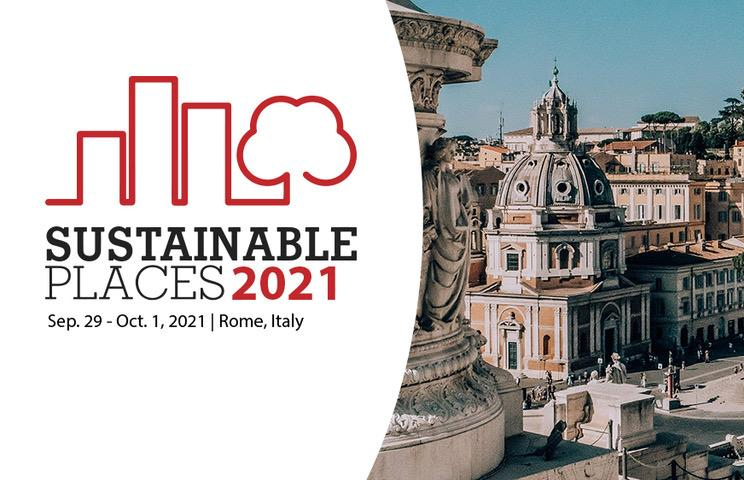For the past three years, iFLEX has participated at the Sustainable Places event to exchange knowledge with other energy projects that work with engagement of energy consumers and new services. This year, participation was particularly interesting, as the projects have now gained significant insight into people’s values and perceptions of energy from pilot sites, all of which feed into the development of the energy solutions.
To share the lessons learned on engagement and co-creation activities, the projects – HESTIA, ReDREAM, ACCEPT, SENDER and iFLEX – organised a workshop on 14 June.
Some workshop highlights:
- Intrinsic motives such as environmental commitment are not enough to enable successful engagement: different kinds of incentives must be included
- Engagement activities should include co-creation of value and value propositions accompanying the iterative development of user interfaces
- People’s hesitation to engage is overcome through awareness creation, trusted actors and short-term tangible incentives, before the long-term benefits become evident
- The most valuable engagement tool is human interaction
- People mostly want to collaborate and work together rather than compete
- Co-creation activities have revealed and helped explore issues of diversity, gender & inclusion
- The identification of eligible participants makes it easier to offer the right incentives and make participation attractive. It also ensures a relevant fit with the needs of the system
- The installation process can be a valuable source of insight along the participant journey, supporting the aim of framing a good overall user experience
- You need to engage all stakeholders at an early stage
- People lose interest quickly so the communication must be clear, understandable and in the local language
Watch the whole session on YouTube. You can find the iFLEX presentation at 42:48.


